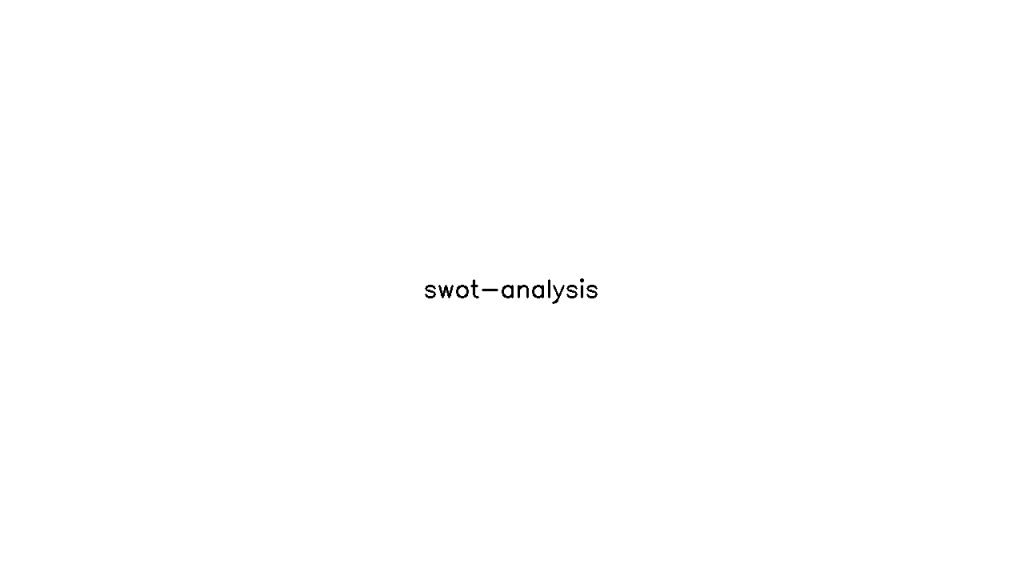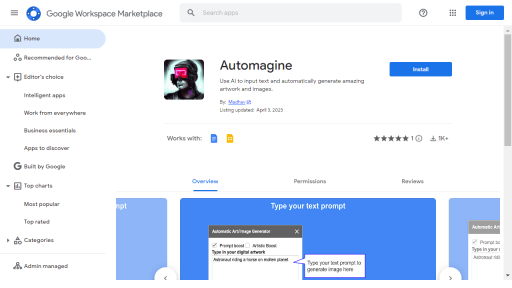What is SWOT Analysis?
SWOT Analysis is a strategic planning tool used to identify and evaluate the Strengths, Weaknesses, Opportunities, and Threats related to a business or project. This analysis helps organizations understand their internal capabilities and external environment, enabling them to make informed decisions. By categorizing factors into these four quadrants, businesses can gain insights into how to leverage their strengths, address weaknesses, capitalize on opportunities, and mitigate threats. The tool is widely used in various sectors, including corporate strategy, marketing, product development, and competitive analysis. The simplicity of the SWOT framework makes it accessible to individuals and teams alike, allowing for collaborative discussion and brainstorming. Ultimately, the insights gained from a SWOT analysis can guide strategic planning and help organizations align their resources with their objectives.
Features
- Structured Framework: Provides a clear and organized way to assess internal and external factors.
- Versatile Application: Can be applied to any organization, project, product, or personal development.
- Visual Representation: Often presented in a matrix format, making the information easy to digest and share.
- Facilitates Team Collaboration: Encourages group discussions and diverse perspectives, enhancing the analysis process.
- Actionable Insights: Helps in identifying specific strategic initiatives based on the analysis results.
Advantages
- Enhanced Decision-Making: Provides a comprehensive overview, allowing for better-informed decisions.
- Identifies Competitive Advantage: Highlights strengths that can be leveraged for a competitive edge.
- Proactive Risk Management: Identifies threats early, enabling organizations to develop mitigation strategies.
- Opportunity Recognition: Encourages exploration of external opportunities that can lead to growth and innovation.
- Improved Strategic Planning: Aligns organizational resources and strategies with identified strengths and opportunities.
TL;DR
SWOT Analysis is a strategic tool that helps organizations identify their Strengths, Weaknesses, Opportunities, and Threats to inform decision-making and strategic planning.
FAQs
What does SWOT stand for?
SWOT stands for Strengths, Weaknesses, Opportunities, and Threats, which are the four elements analyzed in this framework.
How often should a SWOT analysis be conducted?
A SWOT analysis can be conducted annually or biannually, or whenever there are significant changes in the organization or market conditions.
Can SWOT analysis be used for personal development?
Yes, individuals can use SWOT analysis to assess their personal strengths and weaknesses and identify opportunities for growth and potential threats to their goals.
What are some common mistakes to avoid in a SWOT analysis?
Common mistakes include being overly vague, failing to prioritize the identified factors, neglecting to update the analysis regularly, and not involving diverse perspectives in the discussion.
Is SWOT analysis quantitative or qualitative?
SWOT analysis is primarily qualitative, focusing on subjective judgments about strengths, weaknesses, opportunities, and threats, although it can be supported by quantitative data.









